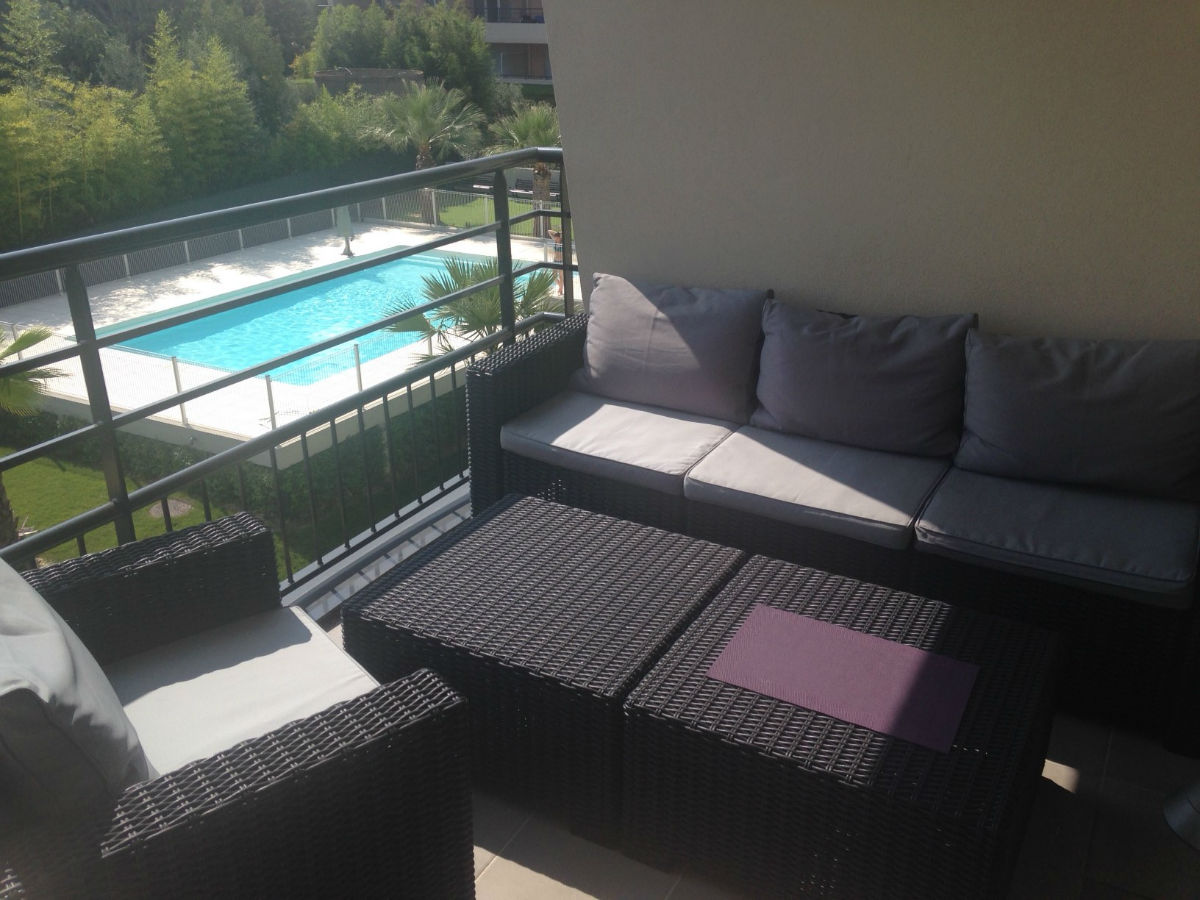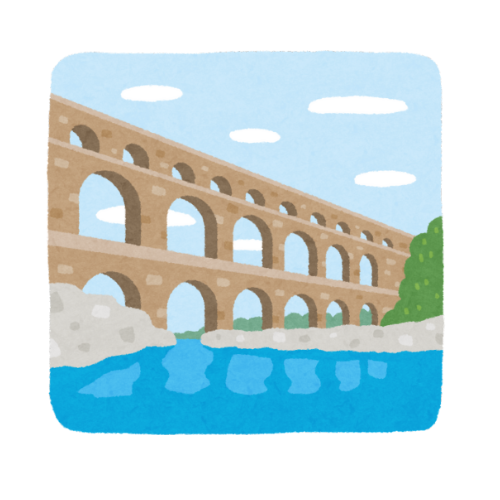Would you like to design or renovate your terrace using a solid, rot-proof and weather-resistant material? In this case, you might be interested in the performance of aluminium, which is perfectly suited to the design of outdoor spaces. Here is a brief overview of the characteristics of aluminium at your service.
Aluminium decking: definition
Do you think that aluminium is not a material made to fit out a terrace? Well, this is not the case: at present, this particular material is attracting more and more interest from building professionals, who are not hesitating to promote it to their customers.
The reason is simple: aluminium has many advantages that can be of great interest to individuals looking for an original way to design an outdoor living space. Aluminium is strong, durable, weather resistant and its properties allow it to resist insects and other pests indefinitely.
The installation of an aluminium deck is however subject to several successive steps: you cannot imagine working on the ground, whatever the material used. An aluminium deck is generally made up of two main elements: the decking (generally in the form of interlocking waterproof panels) and the structure, which is hidden under the decking and is made up of a set of parts, and which must be installed with great care to avoid the rapid deterioration of the whole.
An aluminium terrace around your pool
Aluminium can therefore be used to design many outdoor spaces. As you can see, your terrace is not the only place where reinforced aluminium panels can be used! If you have a space in your garden that you would like to design in this way (such as an in-ground swimming pool), you should know that an aluminium design all around the construction is perfectly feasible.
Since aluminium is particularly resistant to water and the weather in general, it is even recommended that you use this material for the surrounding area, rather than other materials such as wood, which require regular maintenance.
An aluminium terrace for your balcony
If you have one or more balconies and want to design them, aluminium can also be a durable solution. The advantage of this material is that it complies perfectly with the various safety standards and regulations: you will therefore have no difficulty in having a craftsman design a railing that meets all the latest regulatory requirements to the maximum. What’s more, there are many possibilities for customisation and maintenance, as always, is easy.
An aluminium terrace for your garden
As we have seen, aluminium is a material that has many qualities for the design of outdoor spaces (garden furniture, patio, awning, etc.). Not only is it a material that resists many stresses and natural phenomena, but it also conducts heat very well, allowing you to go barefoot on your terrace during the summer.
So there’s no need to hesitate: aluminium can cover your terrace and be a good choice for your garden furniture. You can even have an aluminium structure installed under a patio or awning.
The different styles of aluminium decking
The other important advantage of this type of installation is the numerous possibilities for customisation. If you are interested in an aluminium terrace, visit mcmel.eu/en.
Let’s take a closer look at the possibilities available to you:
Aluminium decking: available colours
The original colour of aluminium is often silver, with a low density (it is therefore very light, which facilitates its installation) and particularly resistant to oxidation. But it is quite possible to personalise your outdoor living space according to your desires and aspirations of the moment!
So you can customise your aluminium decking to imitate other materials or finishes (beige, grey, imitation wood, barn wood, teak, etc.).
In order to choose your custom finish, it may be important to take into account certain recommendations. For example, if your terrace is south-facing or bathed in sunlight for a good part of the day, it is recommended that you choose cream, beige, taupe or grey. In the same way, to avoid being dazzled by the reflection of the sunlight, you should avoid as much as possible colours that are too light or pure white.
If your terrace is in the shade or close to a shady area, it is recommended that you opt for light beige or a light grey colour. These tones will give your outdoor living space the necessary luminosity, while highlighting your outdoor furniture.
Aluminium terrace with closed floor
When thinking about the layout of your living space, you must consult your craftsman to define the nature of your aluminium structure. Indeed, depending on the space to be fitted out, you will either lay a closed floor or an open floor. The closed floor is generally recommended for suspended balconies or for balconies that already have an aluminium, concrete or other structure. Of course, this particular structure retains all the usual advantages of an aluminium structure (including corrosion and weather resistance, as well as greater mechanical strength at a relatively low weight).
Aluminium decking with open floor
An aluminium deck with an open floor will be recommended for all other outdoor designs, including the design of a terrace. The advantage of aluminium for this type of work is that it is much lighter (installation is therefore very quick, in just one day for 100 m2) and less hot than materials such as wood in contact with the sun. Aluminium is 30% cooler than composite and 20% cooler than wood in the sun.
Remember that building your terrace with a material such as aluminium is a real long-term investment for you: you will have the opportunity to really enhance the value of your home, which will be a plus when you sell it.
By now you know the properties of aluminium and its superior characteristics. If the idea of designing your outdoor living space with aluminium appeals to you, you should know that the creative possibilities are endless and will allow you to enjoy a living space that will last for many years, without any deformation or wear and tear.


